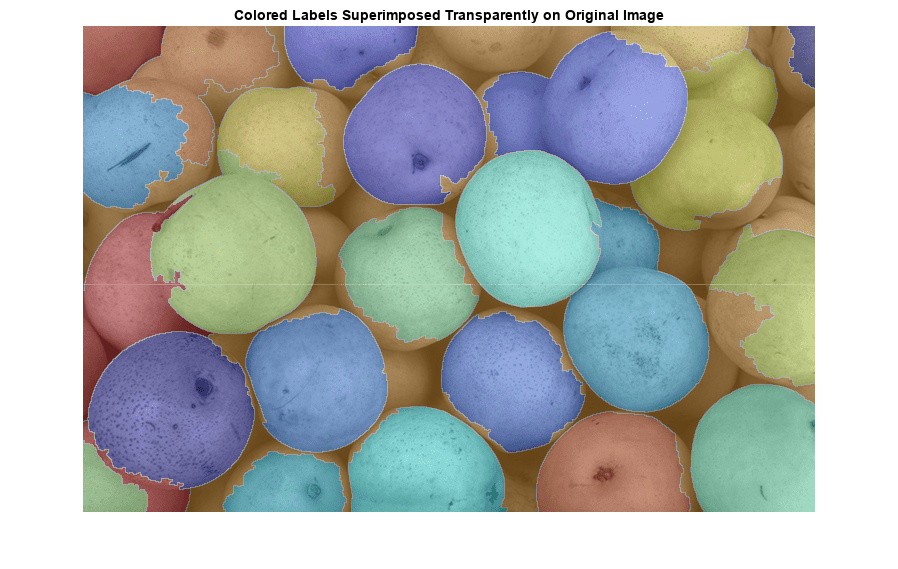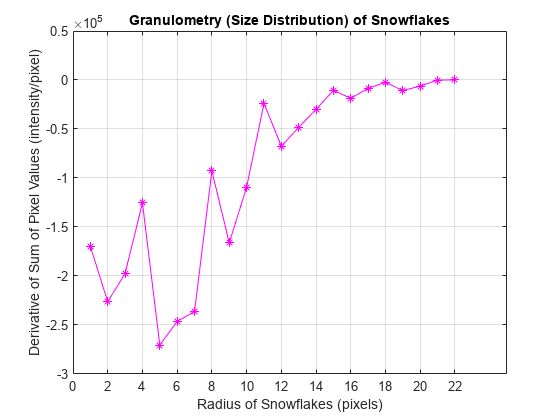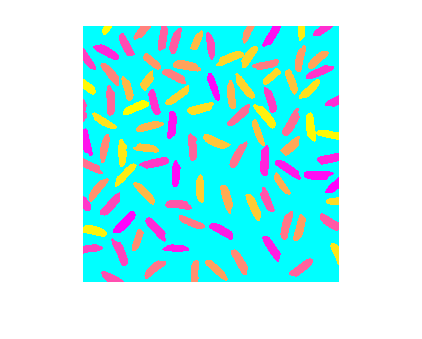形态学运算
膨胀、腐蚀、重新构造以及执行其他形态学运算
形态学是基于形状处理图像的一组广泛的图像处理运算。在形态学运算中,图像中的每个像素都基于其邻域中其他像素的值进行调整。通过选择邻域的大小和形状,您可以构造对输入图像中的特定形状敏感的形态学运算。
函数
主题
形态学的元素
- 形态学运算的类型
最基本的形态学运算是膨胀和腐蚀。您可以将膨胀和腐蚀结合起来进行更专门的运算。 - Morphological Reconstruction
Morphological reconstruction is used to extract marked objects from an image without changing the object size or shape. - Structuring Elements
A structuring element defines the neighborhood used to process each pixel. A structuring element influences the size and shape of objects to process in the image. - Border Padding for Morphology
Morphological dilation and erosion pad the image border in different ways to avoid border effects. - 像素连通性
连通性确定一个中心像素和相邻像素是否属于同一个目标。 - Lookup Table Operations
A lookup table is a vector in which each element represents the different permutations of pixels in a neighborhood. Lookup tables are useful for custom erosion and dilation operations.
形态学的应用
- Dilate an Image to Enlarge a Shape
Dilation adds pixels to boundary of an object. Dilation makes objects more visible and fills in small holes in the object. - Remove Thin Lines Using Erosion
Erosion removes pixels from the boundary of an object. Erosion removes islands and small objects so that only substantive objects remain. - Use Morphological Opening to Extract Large Image Features
You can use morphological opening to remove small objects from an image while preserving the shape and size of larger objects in the image. - 泛洪填充运算
泛洪填充运算为连通像素指定统一像素值,并在目标边界处停止。 - Find Image Peaks and Valleys
You can use neighborhood processing to find global and regional minima and maxima in images.



